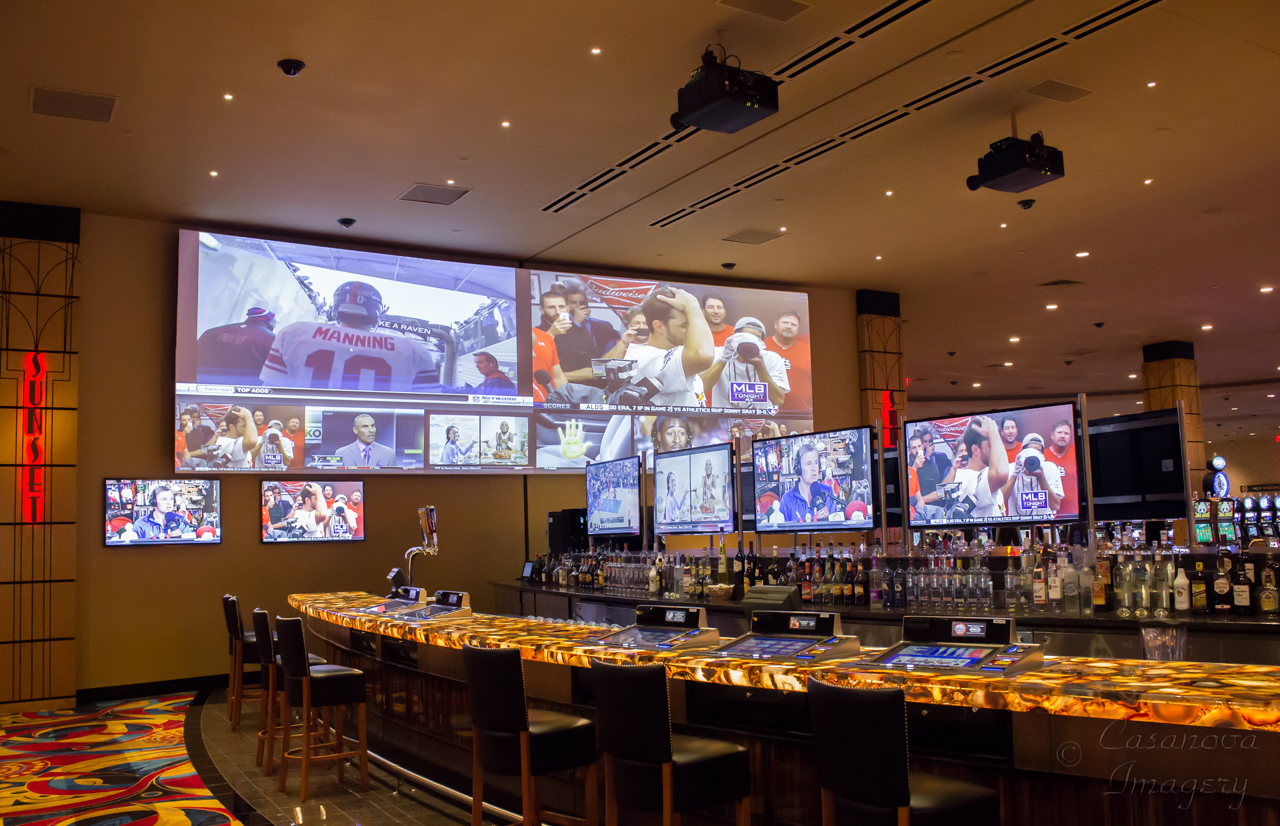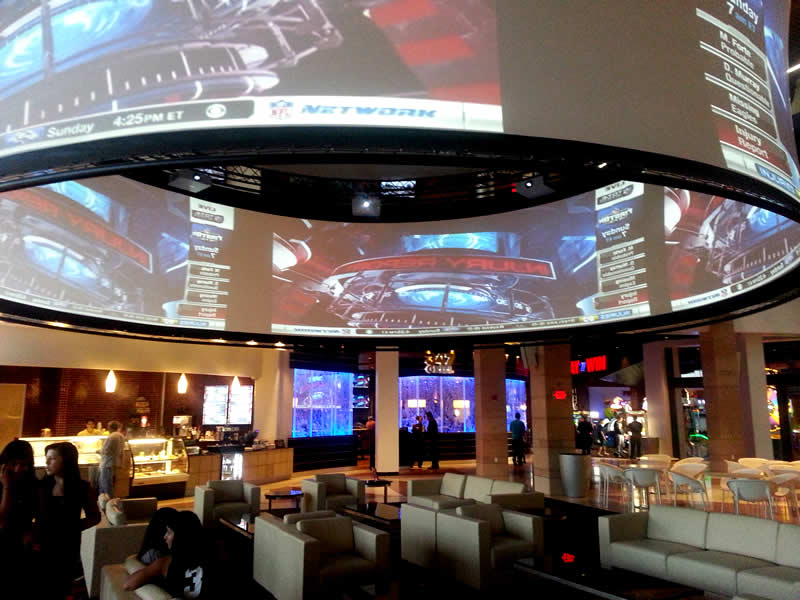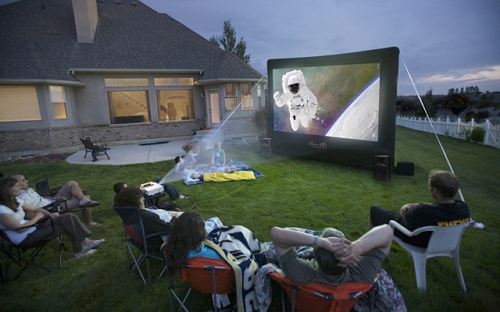Birdman or (The Importance of the Virtue of Ignorance)
Michael Keaton was once a mega-star; he was Batman and Beetlejuice. And his face was everywhere in the early 1990s. But can you name his last starring role? Probably not. In fact, before Birdman, his first starring role in six years, you were more likely to ask “whatever happened to Michael Keaton?”
The parallels between Keaton and his Birdman character Riggan Thompson are uncanny. In this film review, we follow Keaton’s comeback and what makes this film a contender for the Oscar’s.
Riggan is an aged, quasi-retired Hollywood actor, who famously played a superhero, Birdman, years before. Sound familiar? Now, Riggan is at a pivotal point. Seeking to revive his career, he goes all-in, financing, directing and starring in a Broadway adaptation of a Raymond Carver short story. The backstage tension before opening night is thick; this is make-or-break time for Riggan. If the play fails, he will be financially and professionally ruined.
Unfortunately for Riggan, the play is on a fast-track to disaster. A cast member goes down days before the play is set to open for previews. His producer-lawyer, played by a surprisingly serious Zach Galifinakis, struggles to keep the production afloat financially. Thompson’s daughter Sam (Emma Stone), who’s just out of rehab, is fragile, emotionally unstable, and resents her once-absent father. And Riggan’s hilariously over-theatrical co-star Mike (Edward Norton) undermines Riggan’s direction at every turn. It’s a frenetic, desperate dash towards opening night and it’s darkly humorous to watch it unfold.
Not to mention, Riggan is continually ridiculed by the voice in the back of his head – the Birdman – who revels in bringing up the actor’s shortcomings. This Birdman-fueled subplot lays the groundwork for a disorienting character study of Riggan. As Birdman, Riggan is capable of telekinesis, levitation and flight, all imagined, we think. Either way, it’s safe to say Riggan is in the middle of an existential crisis.
Director Alejandro Gonzalez Inarritu’s films like Biutiful and Amores Perros have all explored the characters in crisis, and Birdman is a clever example. Inarritu masterfully uses the magical realism of Riggan-as-Birdman to disarm viewers and explore the themes of ego, obsession and longing for validation more thoroughly. It works in the film, and we’re left as unsure about Riggan as he appears to be about himself.
Where Birdman is truly inventive, though, is in its cinematic style. The entire film is a visual tour de force. It appears to be shot in one take, al la Alfred Hitchcock in Rope, with minimal cuts away. Director of photography Emmanuel Lubezki (Gravity) takes us backstage at the St. James Theatre in Times Square. His camera moves effortlessly through the backhalls and wings of the historic theater, into costume closets, dressing rooms and hallways, quickly following the action. It’s easy for viewers to get lost in that chaotic backstage energy of the last few rehearsals. Lubezki’s cinematography is the main reason the film flows so seamlessly – especially alongside Antonio Sanchez’ free-flowing jazz percussion score. It pulls you in, and you don’t want to look away.
It’s no surprise the experts at GoldDerby have made Lubezki a shoe-in for Best Cinematography at the Oscars. And while it may appear to be slotted into the genre of drama, this film should definitely be watched on the big screen. Or the next best thing; your home theater consisting of a projector with a considerable screen size to really feel the effect of the one shot take. I watched it on a Panasonic PT-DW6300 home theater projector in a screening room.
But Birdman doesn’t rely on the visual effects. It is a bold, inventive film that impresses with its how-did-they-do-that cinematography. And it’s an intellectual film too; you’ll have plenty of questions. Is it a satire of show business? A story about how our egos can drive us to the brink? Or maybe it’s simpler than that. Maybe Birdman is just an interesting dark comedy? Either way, this is a movie that will leave you thinking long after you see it.




